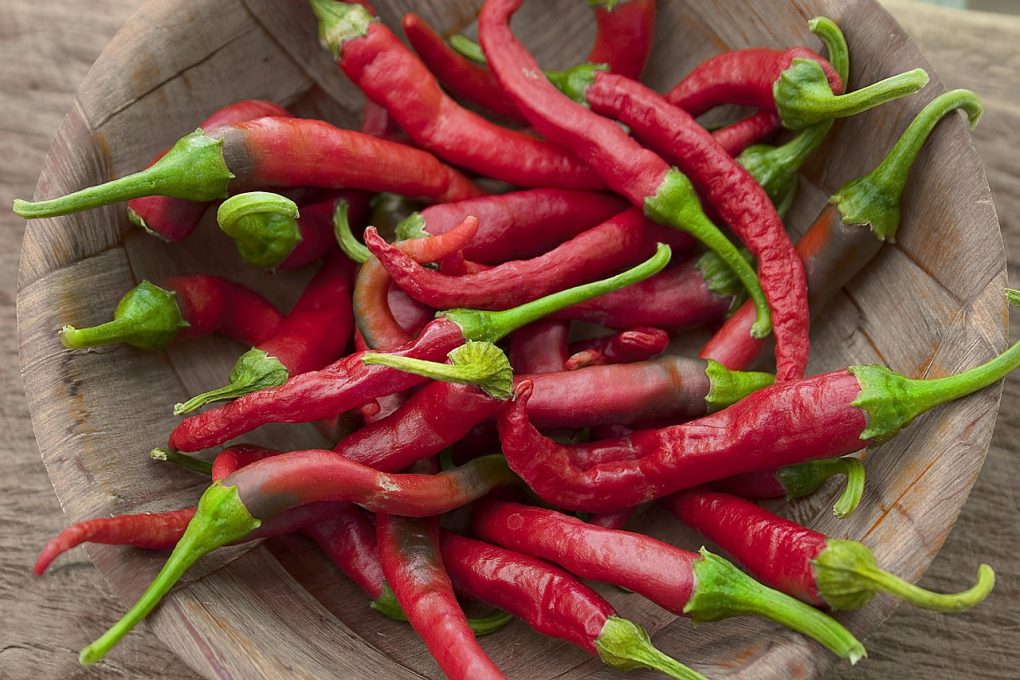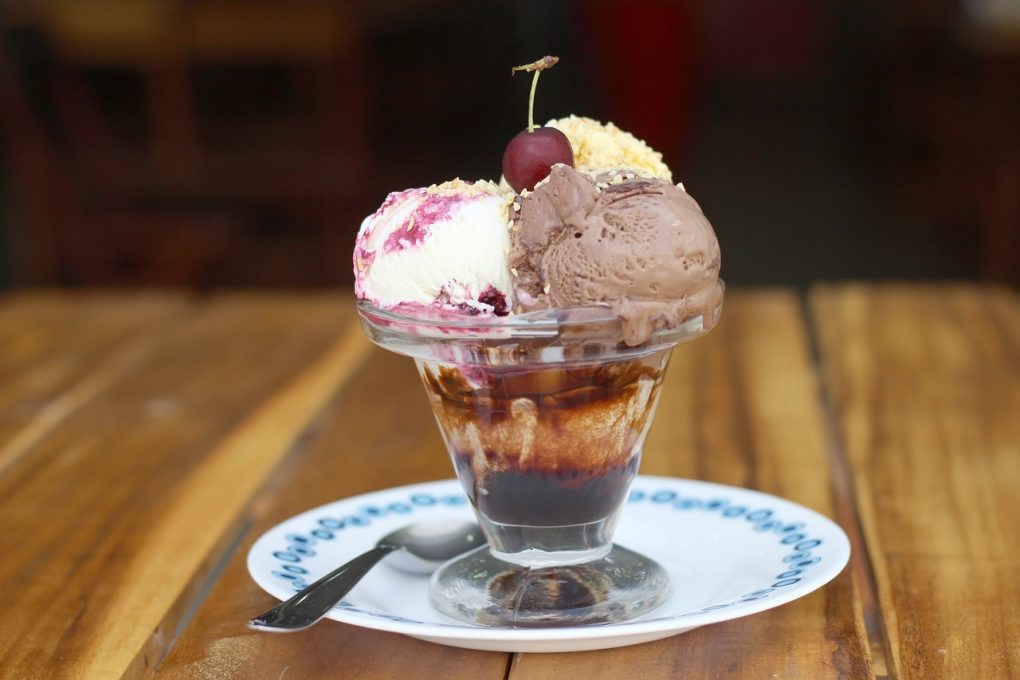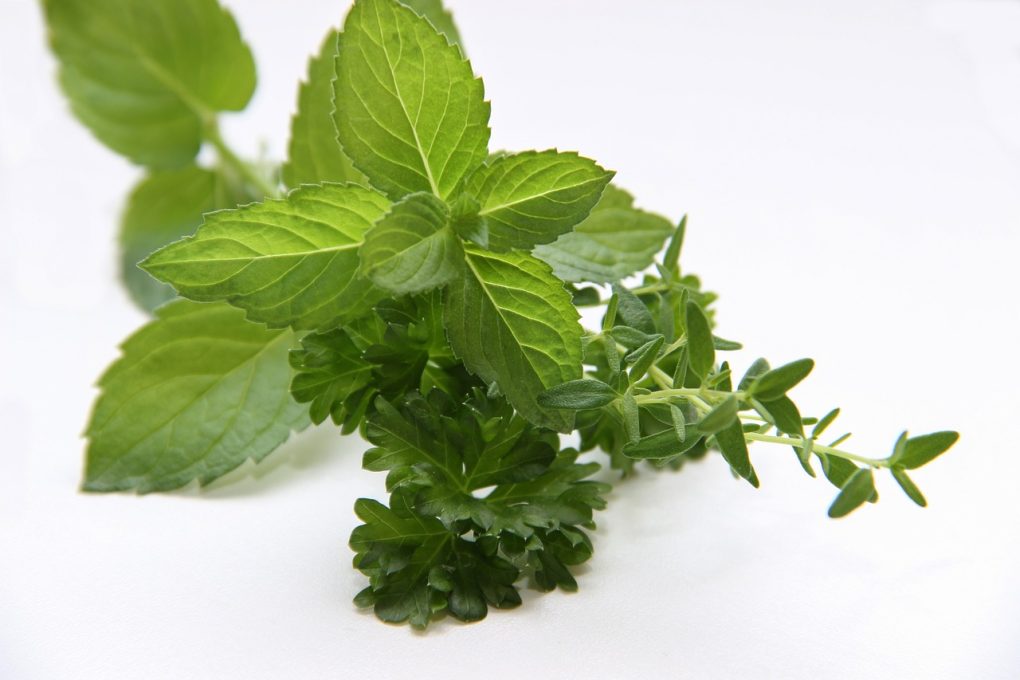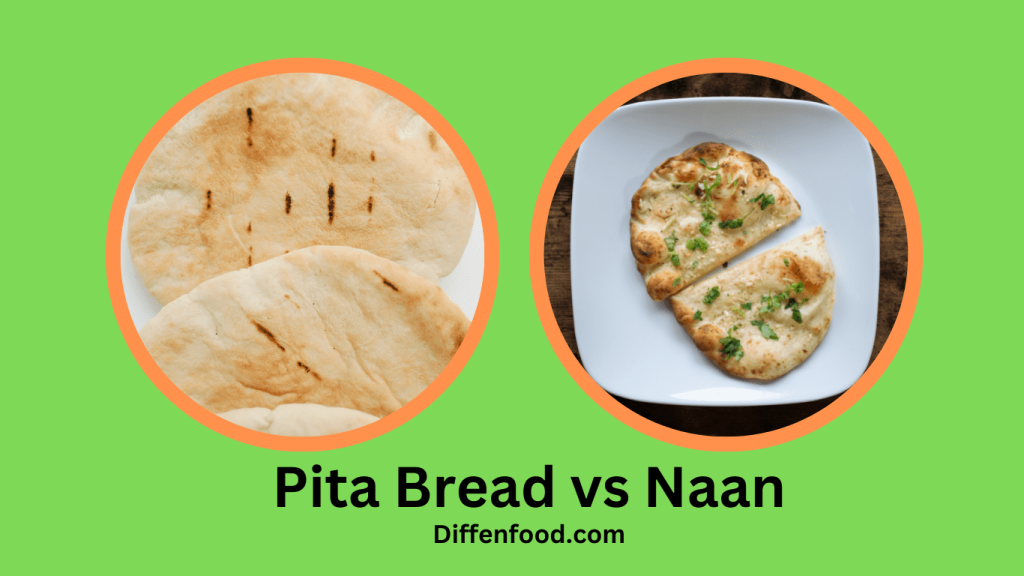
Wonton and dumpling are two of the most popular and delicious foods in Chinese cuisine. Both are made with dough and fillings, but they differ in shape, texture, and cooking methods. (Read our detailed comparison about “Wonton Vs Dumpling” for details.)
What is Wonton?

People make wontons by filling thin, square-shaped wrappers with a mixture of ground meat, vegetables, and spices. They usually season the filling with soy sauce, sesame oil, and other spices to make it savory. Then, they fold the wontons into a triangle shape and pinch the corners together to keep the filling inside. Alternatively, they can shape them into cylinders or pouches. They can also be made into other shapes like cylinders or pouches.
What is Dumpling?

Dumplings, on the other hand, are larger and have a thicker wrapper than wontons. People fill dumplings with a variety of ingredients like minced meat, seafood, or vegetables. They mix the filling with seasonings such as ginger, garlic, and soy sauce to make it flavorful. Then, they shape the dumplings like little purses with the top twisted to keep the filling inside. Usually, people steam or boil the dumplings to cook them.
First, let’s examine why people often consider these two dishes to be similar, and then we can look at their differences.
Wonton Vs Dumpling — Similarities

There are also many similarities that make them equally beloved by foodies everywhere.
- They are popular types of Chinese food all around the world.
- Typically filled with a mixture of meat, vegetables, and seasonings.
- You can boil, steam, or fry them.
- Served in a soup, such as a clear broth or a savory sauce.
- You can make them with a variety of fillings such as pork, chicken, shrimp, and vegetables.
- Served as a snack or as part of a meal.
- Enjoyed for their comforting and satisfying qualities.
- You can make them at home or buy them from a restaurant or grocery store.
Wonton Vs Dumpling — Differences
origins and social significance
We can trace the cultural differences between dumplings and wontons to their origins and social significance. Wontons are a popular food in China. They have been around since the Qing Dynasty. There are many different kinds of wontons. People make them with different fillings and folding styles. Each region has its own way of making them.
Dumplings symbolize the Chinese cultural value of teamwork and unity. People believe that sharing dumplings strengthens relationships between individuals, which is why it is a custom that is especially important during the Chinese New Year.
Although people enjoy both dishes in Chinese cuisine, they have unique cultural histories and meanings that reflect the diverse aspects of Chinese culture.
Wrappers: Wonton Vs Dumpling

Wonton and dumpling wrappers are two of the most commonly used wrappers in Asian cuisine. While they may look similar at first glance, there are a few key differences between them. One of the main differences is their texture.
Wonton wrappers are much thinner than dumpling wrappers and have a smooth surface, making them perfect for delicate fillings. On the other hand, dumpling wrappers are thicker and have a more textured surface, which makes them ideal for heartier fillings that require more support.
Additionally, wonton wrappers are typically square in shape, while dumpling wrappers come in a variety of shapes, including round, square, and rectangular. Ultimately, the choice between wonton and dumpling wrappers depends on the type of filling you plan to use and the texture you want to achieve.
shape of wonton vs Dumpling
The shape of wonton is an essential aspect that defines the traditional Chinese dumpling. The most versatile shape for wontons is a right triangle, formed by folding the square wrapper in half by pulling together two diagonally opposite corners. This shape allows for the wonton to hold a generous amount of filling while being easy to fold and seal. The pointed end of the triangle helps create a distinct look for the dumpling, while the flat base allows it to sit upright in the soup or broth. Additionally, the triangle shape enables the wonton to cook evenly and quickly, ensuring that the filling inside is cooked thoroughly. Overall, the shape of wonton plays a crucial role in both its appearance and functionality, making it a popular choice for dumpling enthusiasts worldwide.
Dumplings can come in a variety of shapes, sizes, and textures. Depending on the culture and region, dumplings can be round, crescent-shaped, cylindrical, or even square. The shape of a dumpling can also signify its filling or purpose.
For example, Chinese jiaozi dumplings are traditionally crescent-shaped and filled with ground pork and vegetables, while Japanese gyoza dumplings are round and filled with pork and cabbage.
Interchangeable use of wontons and dumplings in recipes?

Wontons and dumplings are both types of dough filled with various ingredients like meat, vegetables, and spices. While they may look similar, the two types of dumplings are not interchangeable in recipes. Wontons are generally thinner and smaller than dumplings, and they are often used in soups or deep-fried as an appetizer. Dumplingsare thicker and larger and are commonly served in stews, stir-fries, or steamed as a meal.
Additionally, the dough used for wontons is typically made with egg, while the dough for dumplings is made without egg. Therefore, substituting one for the other could result in a different texture and taste. It is best to follow the recipe and use the appropriate type of dumpling to ensure the dish turns out as intended.
Are wontons and dumplings always served in soup?

While it is common to find wontons and dumplings in soups, they are not always served this way. In fact, wontons and dumplings can be enjoyed in a variety of ways, including steamed, fried, or boiled. They can be served as appetizers, snacks, or as part of a main course. Some people love to dip their wontons and dumplings in soy sauce or other condiments, while others prefer to savor the flavors on their own. Whether served in soup or not, wontons and dumplings are a delicious and versatile dish that can be enjoyed in many different ways.
conclusion
Although wontons and dumplings have similar fillings and flavors, their unique wrappers ultimately differentiate them from each other.
Wontons boast thin, delicate skins that are ideal for soups and broths, while dumplings feature a thicker, doughier exterior that holds up well to frying and steaming. Regardless of their differences, People from different cultures cherish both wontons and dumplings for their delicious, savory taste and versatility in the kitchen.
In the end, Chinese dumplings and wontons, whether fried or served in soup, have the power to bring people together over a tasty meal.





